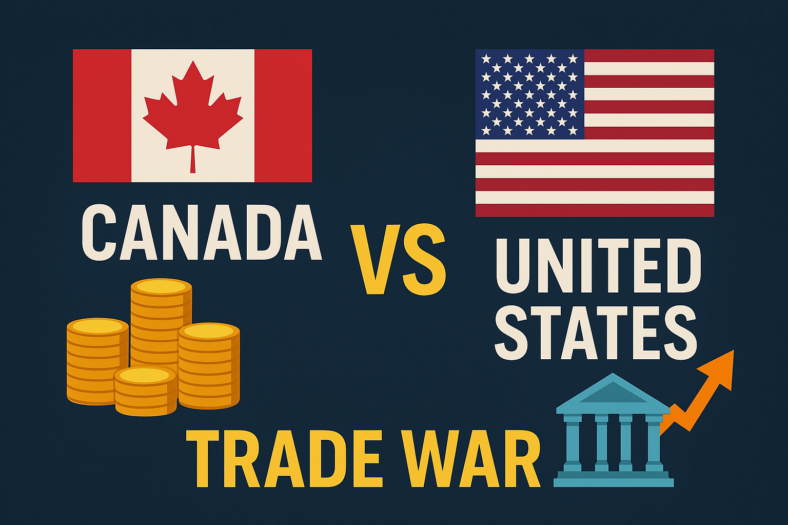Starting December 15, 2024, Canada will introduce new mortgage rules aimed at helping more Canadians buy homes. These changes include raising the price cap for insured mortgages to $1.5 million, up from $1 million, and allowing first-time buyers to take out insured mortgages with a 30-year amortization period. These new rules are designed to make homeownership more accessible, especially for younger Canadians.
Will These New Rules Make Buying a Home More Affordable?
While many young Canadians may still find it difficult to afford million-dollar homes, the extended 30-year amortization will make monthly mortgage payments lower, which could help. For example, some lenders have estimated that with a 30-year mortgage on a $650,000 home, monthly payments could be about 10% lower compared to a 25-year mortgage.
However, keep in mind that a longer mortgage period means you will pay more in interest overall. While monthly payments might be more affordable, the total cost of the loan will be higher due to the extended repayment period.
Will the New Rules Increase Home Prices?
There are concerns that these rules, combined with falling interest rates, could lead to higher home prices. Real estate agents and mortgage brokers have already seen increased interest from potential buyers. This could drive up home sales across the country.
Some economists expect prices to rise more in strong markets like Calgary, Halifax, and Moncton, while cities like Toronto and Vancouver may see more moderate increases. Factors such as the large number of unsold condos in Toronto and economic challenges like unemployment may also help to keep prices from rising too quickly.
Why Would Buyers Choose a 30-Year Mortgage?
While a 30-year mortgage means you will pay more in interest over time, it does offer the benefit of smaller monthly payments. This can be appealing for those facing high rent or who want to buy a larger home but need more flexibility in their monthly budget. If your financial situation improves, you can also choose to pay off the mortgage faster, reducing the overall interest you pay.
Will These Rules Address the Housing Supply Problem?
The new rules focus on increasing demand by making it easier for people to buy homes, but they do not directly address Canada’s housing supply issues. The federal government hopes that by making it easier to buy preconstruction homes, more homes will eventually be built. However, the impact on the overall housing supply may be limited.
How Will the Rental Market Be Affected?
If more renters are able to buy homes because of the new mortgage rules, this could reduce demand for rental properties. However, Canada’s population continues to grow, mainly through immigration, which means there will still be strong demand for rental housing in many areas.
What About Inflation and the Economy?
Some worry that the new rules, combined with lower interest rates, could cause home prices to rise, which might increase inflation. Since housing costs are part of the Consumer Price Index (CPI), rising home prices could push inflation higher.
However, falling mortgage rates may help reduce inflation pressure for new buyers, while homeowners who are renewing their mortgages won’t face as large of a financial shock as originally expected.
What Are the New Down Payment Requirements?
Currently, we don’t have specific details about the down payment percentage for homes priced between $1 million and $1.5 million. The government is expected to release more information before the new rules go into effect on December 15, 2024.
Will the New Rules Benefit Lower- and Middle-Class Canadians?
The new rules allow borrowers to take on larger mortgage debts and stretch them out over a longer period, which will mean higher interest costs in the long run. However, for many first-time buyers, the ability to make smaller monthly payments or put down a smaller deposit could make homeownership more attainable.
In the long term, these rules could also help stimulate home construction, which might improve housing affordability, particularly in cities like Toronto where building activity has slowed.




















